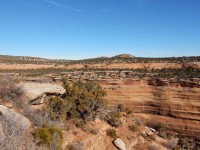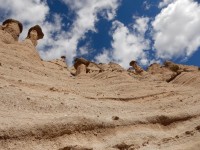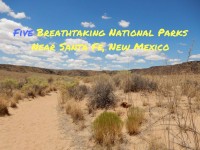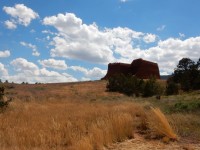Fort Union National Monument, just ninety minutes outside Santa Fe, Mexico, is an off-the-beaten-path historical landmark maintained by the National Parks System. Equal parts educational and scenic, Fort Union makes a wonderful addition to any northern New Mexico itinerary, and is a perfect stop for those traveling between Santa Fe and Denver along I-25.
Despite its short history (Fort Union was only active from 1851-1891), ruins of a total three forts actually sit on the site travelers today now visit, making the landmark rather expansive and fascinating to observe through our twenty-first century lens. As much as I love discovering hiking trails and photographing natural landscapes, I maintain it’s important for us, as travelers, to visit sites that challenge us.
And Fort Union’s complicated history is, for an American visitor especially, challenging.
Constructed in 1851, Fort Union effectively acted as the United States’ attempt to reign in its newest territory, which it controversially acquired after a brutal and one-sided invasion of neighboring Mexico. Largely seen as a blatant land-grab, the 1846 Mexican-American War faced harsh criticism at the time, but was nonetheless successful.
As such, Fort Union did not play a role in the Mexico-American War; rather, it was intended to serve two separate primary purposes: one, to supply smaller forts in the region with ammunition and soldiers; and two, to provide military support to settlers under attack from Native Americans, who ostensibly viewed Americans’ encroaching presence as a threat.
Skirmishes with Native Americans at Fort Union were far and few between; despite its size and strategic commercial position, its utilitarian role as the Wild West’s strong-armed protector never materialized. While violence occured elsewhere in the region, for the first decade of its existence, Fort Union was militarily stagnant. Talks of moving or abandoning the fort were common until Fort Union saved New Mexico from Confederate rule in 1862. During the Civil War, the pro-slavery rebel forces pushed west into New Mexico, and captured Santa Fe before trying their luck with Fort Union. The collection of volunteer soldiers stationed at Fort Union – mostly from New Mexico and Colorado – successfully staved off the Confederates, who later receded from New Mexico entirely. This victory was a substantial win for anti-slavery forces.
For a time, Fort Union was actually the largest United States military base within five hundred miles. This was more a self-sustaining town than a military outpost; hundreds of soldiers, their family members, and civilians lived here with thousands more passing through each year. During the latter half of the 1800’s, Fort Union was the greatest economic force in the New Mexico territory.
Even so, thirty years after the Civil War, those in favor of closing Fort Union won out, and the fort was formally abandoned in 1891. So, overall, is the history of Fort Union controversial? Yes. As Americans pushed west, the lives and distinct cultures of many Native Americans were under threat, not to mention the fact the fort sat on soil many felt the U.S. stole from Mexico. But, on the other side of the coin, the fort did improve the region’s economy, and benefited local native and Hispanic farmers, some of whom were actually hired as spies and informants (part of me thought the park ranger who told me this tidbit was exaggerating, but no, post-trip research revealed he was correct).
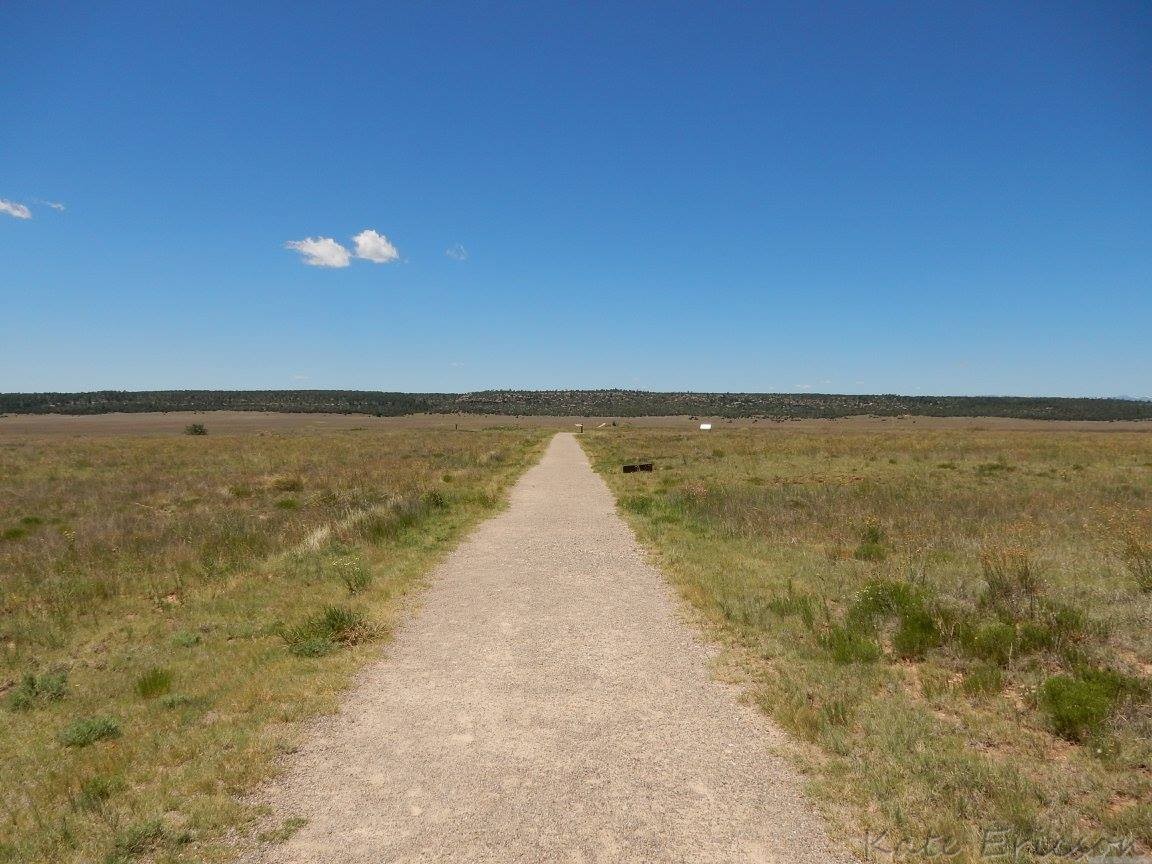
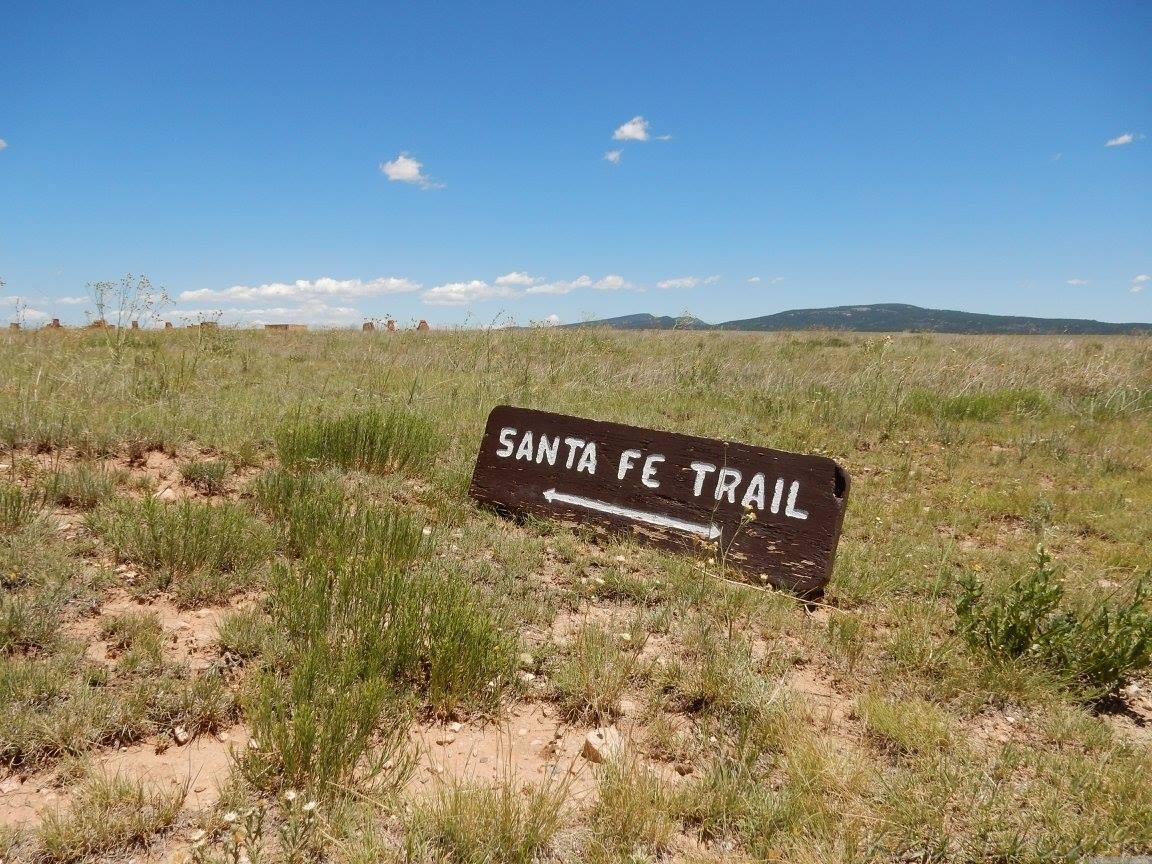
Fort Union, like many sights in New Mexico, is a part of the famed Santa Fe Trail. The Santa Fe Trail is impossible to escape in even the most cursory visit to the city of Santa Fe, as the federally protected National Historic Trail and Scenic Byway is something of an attraction in of itself.
Established in the 1820’s, the Santa Fe trail was a bustling commerce route; no wonder, then, Fort Union sits along its trajectory. Spanning nine hundred miles from present-day central New Mexico through southeastern Colorado, Kansas, and part of Missouri, the Santa Fe trail also helped open up the West to not just commerce but, for better and for worse, American expansion. The Santa Fe Trail, for example, was vital during the United States’ nominally legal 1846 invasion of Mexico, which led to the annexation of the southwest. After the invasion, the entire Santa Fe Trail was on American soil; prior to the attack, it straddled both the U.S. and Mexico, making it one of the most prominent international trade routes in the world.
If the landscape at Fort Union looks harsh, that’s because it is. Settlers and traders traversing the Santa Fe Trail often succumbed to dehydration, heat exhaustion, and rattlesnake bites – two threats tourists today must be wary of, particularly during summer months – in addition to violent clashes with Native American tribes. The route declined in commercial significance after railroads reached Santa Fe in 1880, and now, it is maintained by the National Parks Service.
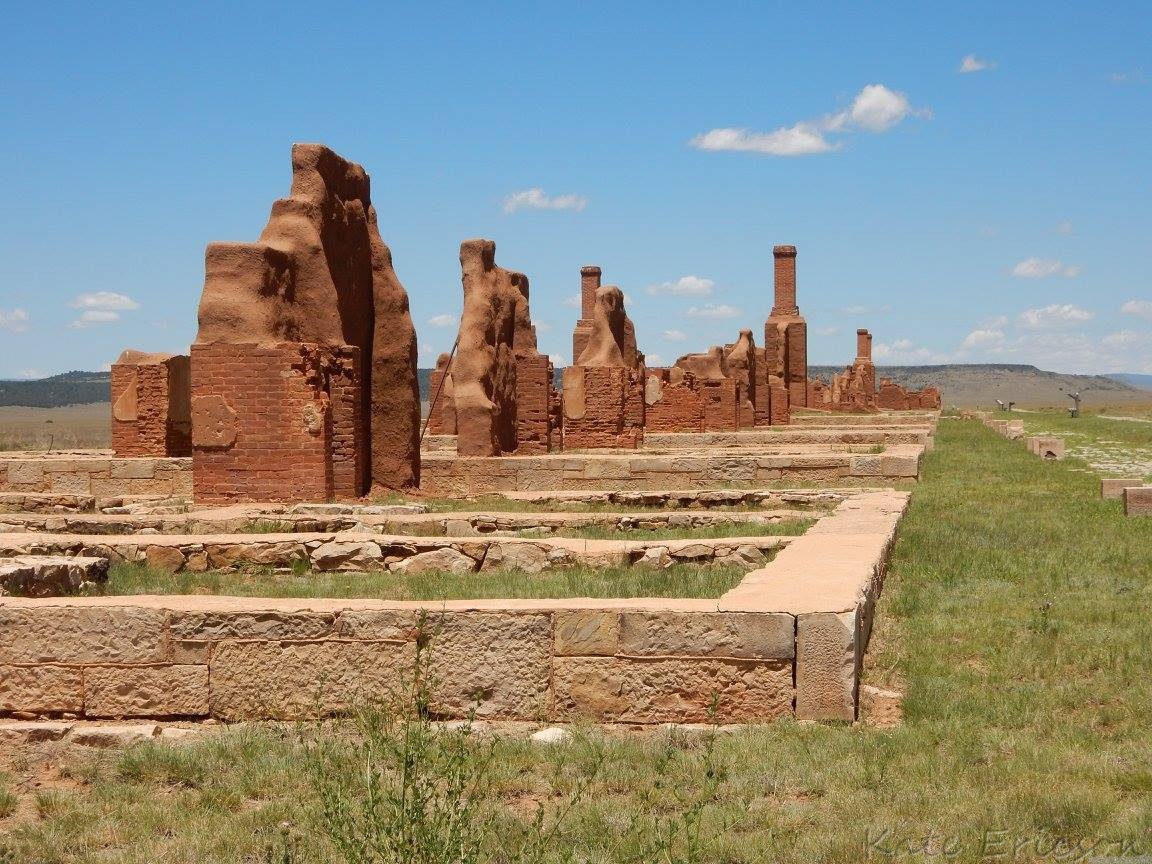
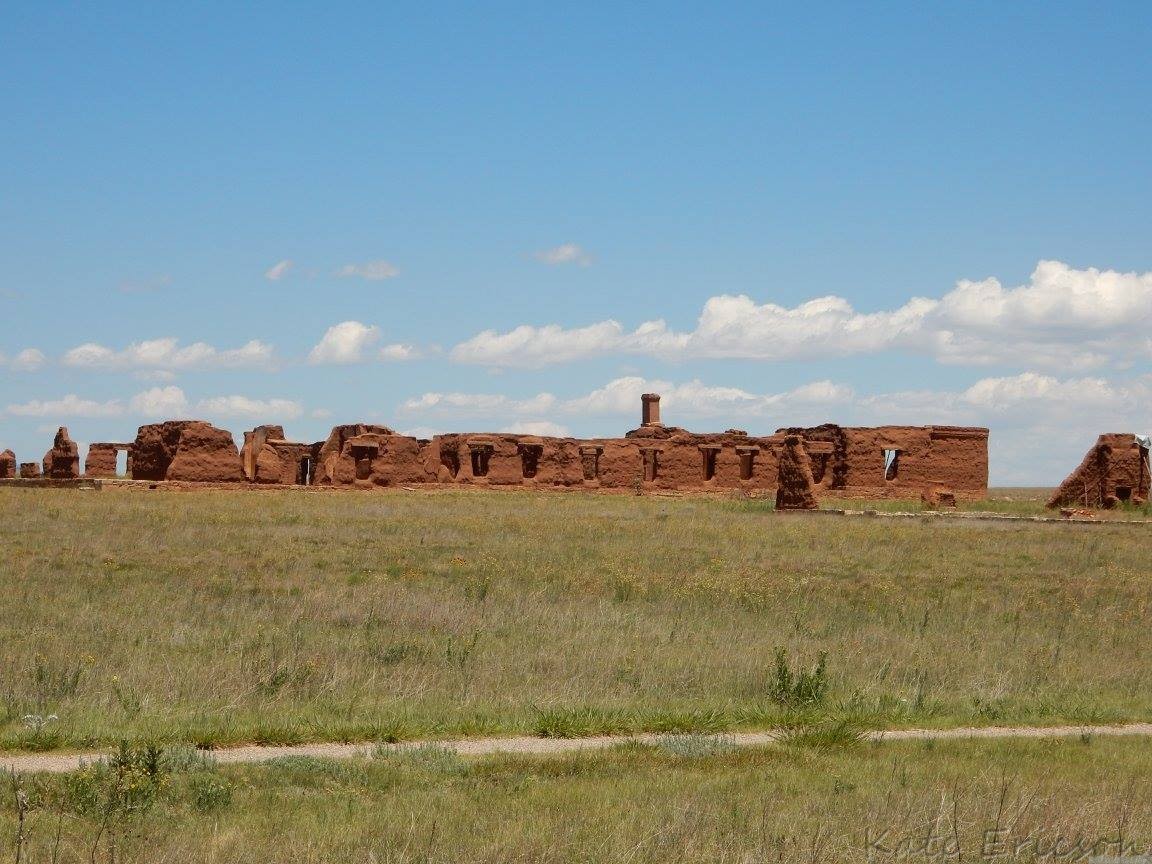
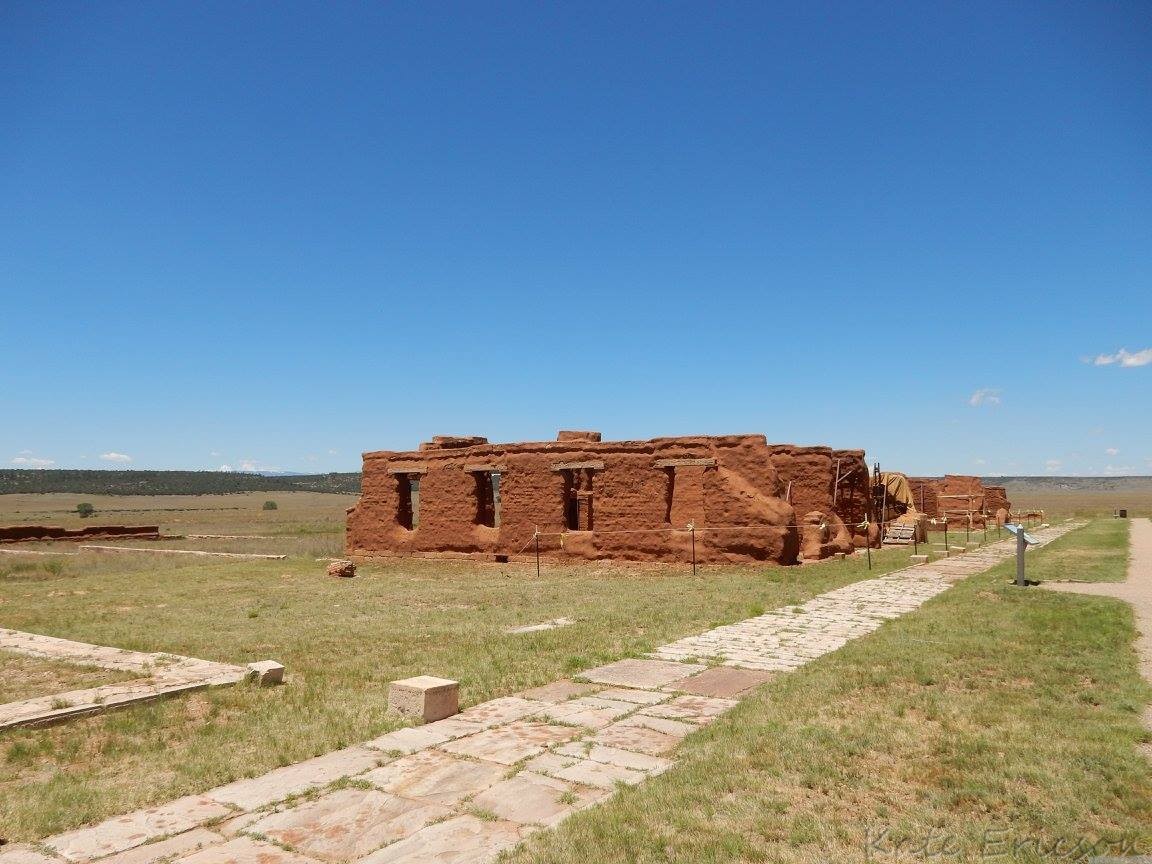
Those desert hues alongside the adobe ruins = perfection. Didn’t I promise a healthy does of natural beauty alongside a history lesson? Just a reminder that, for travelers less history-inclined, Fort Union has something to entertain everyone.
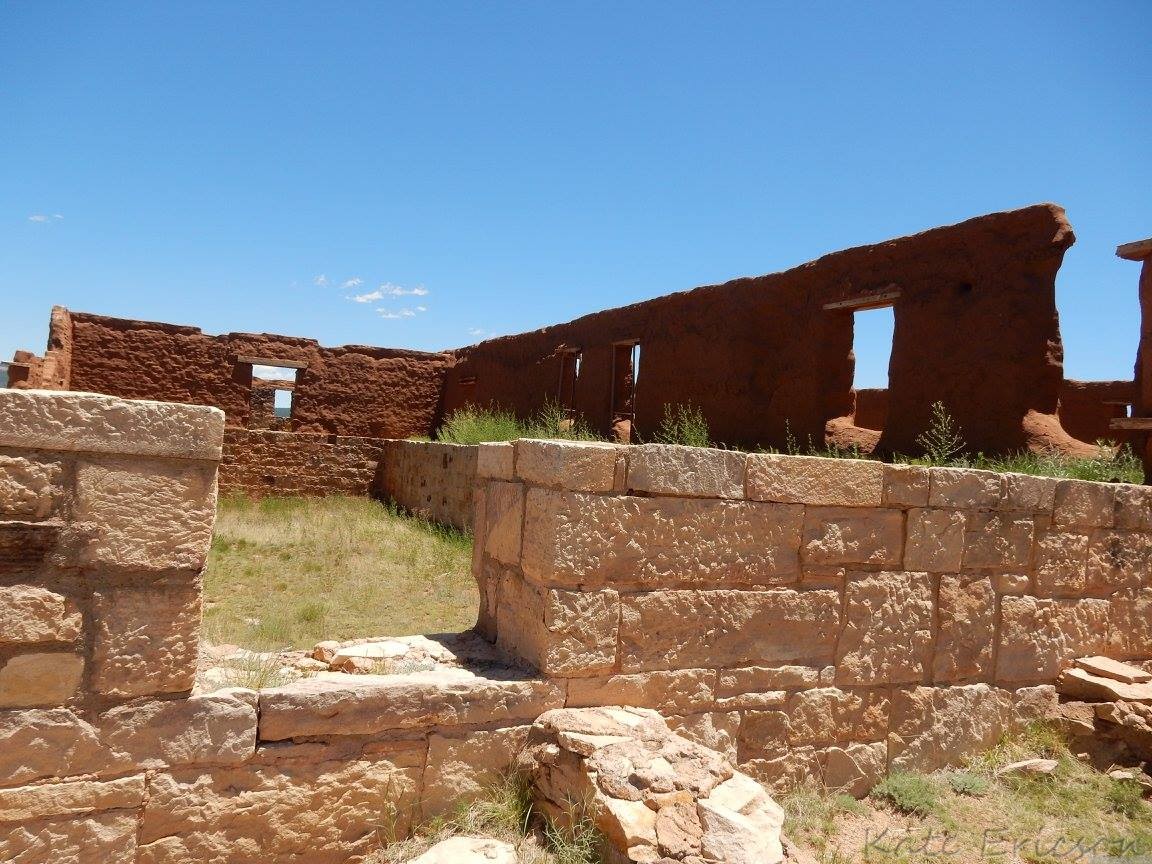
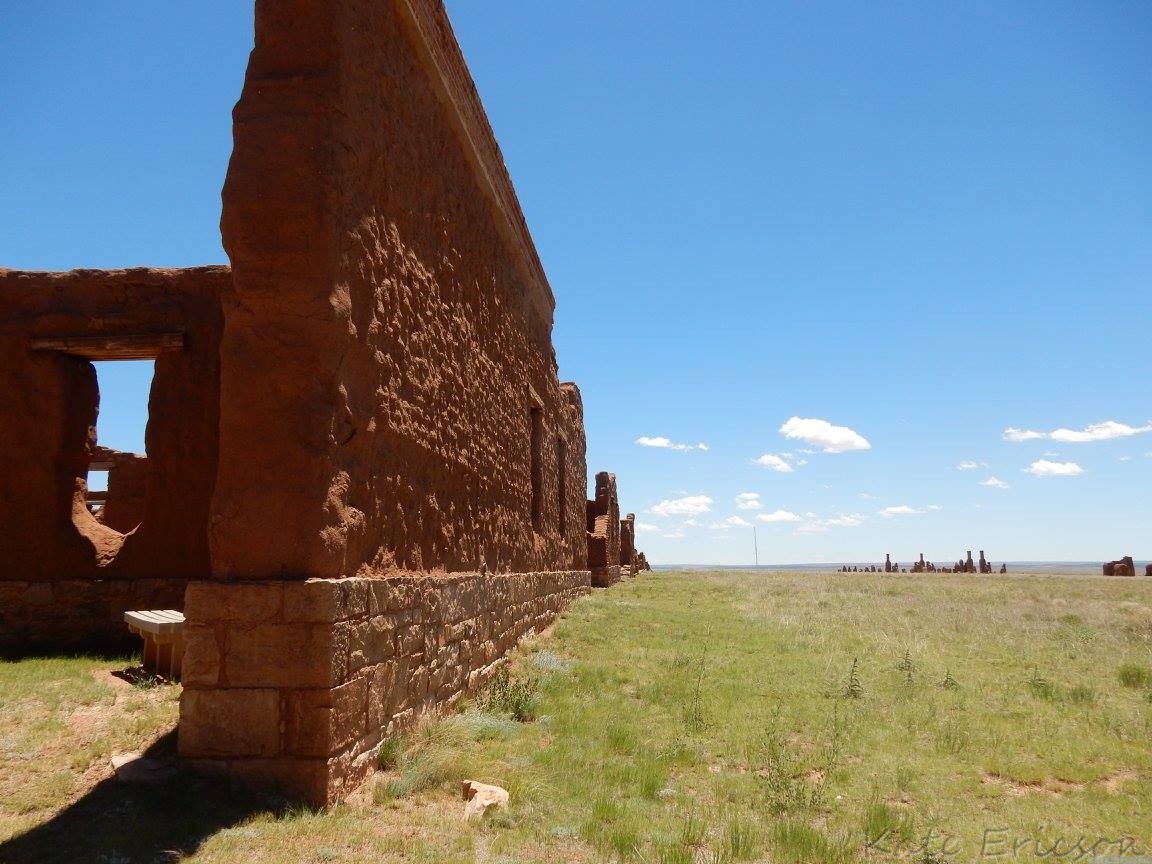
Fort Union had every service imaginable: not only were there bunks for the soldiers and armories, but there was also a shop, an infirmary, officer housing, and…a morgue. Pragmatic, yes, but also a morbid reminder of the realities those stationed at and around Fort Union faced.
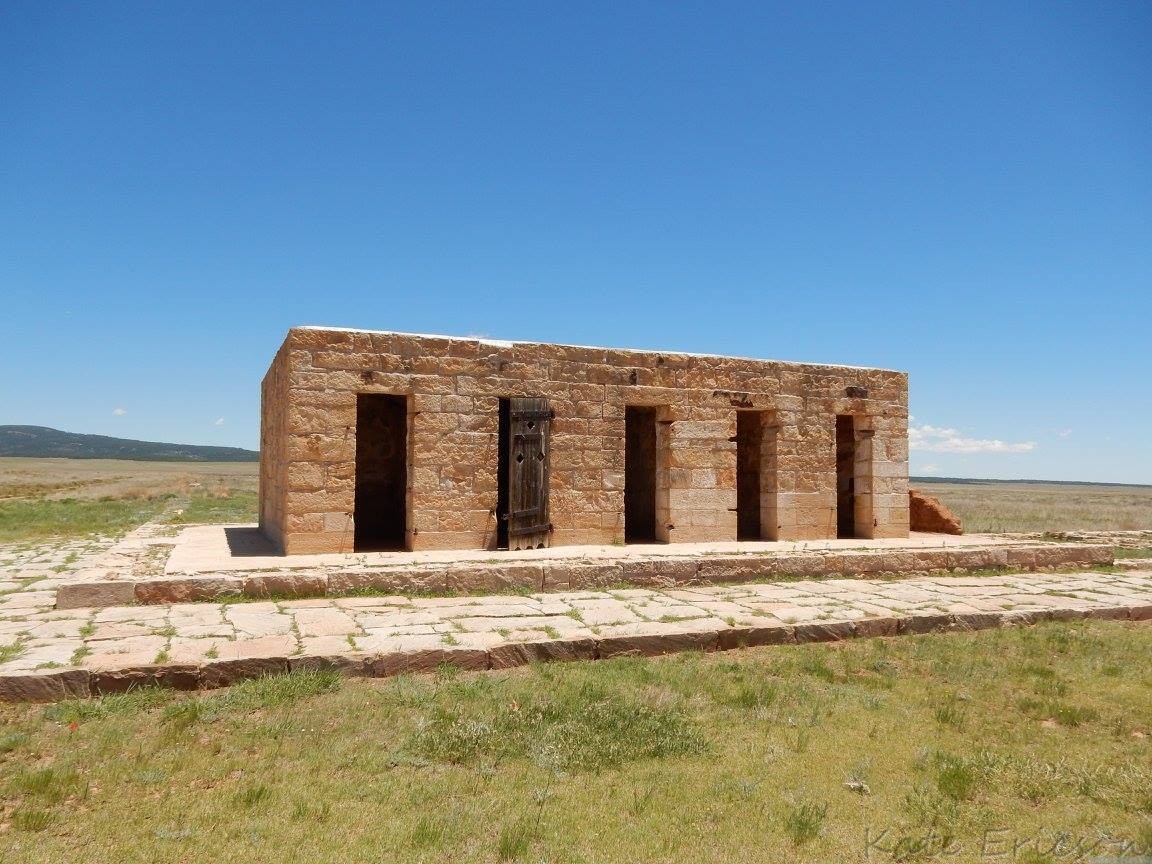
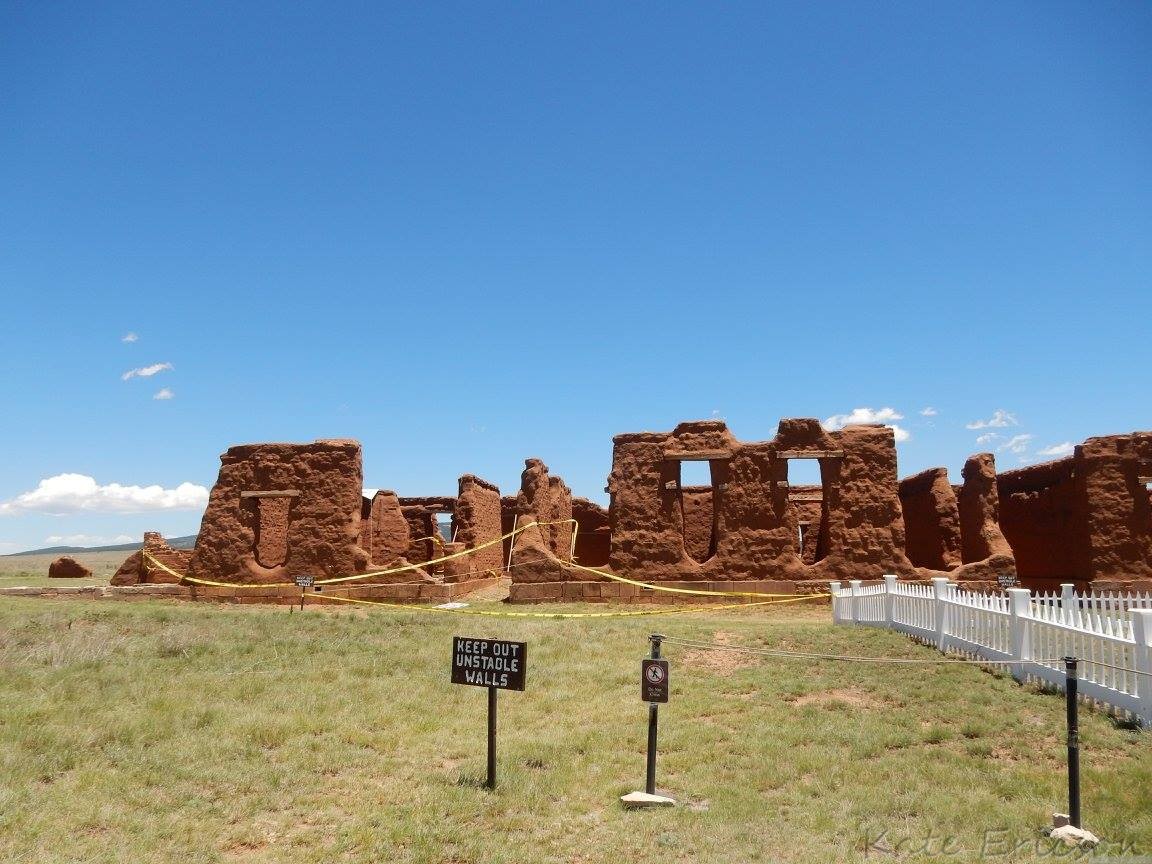
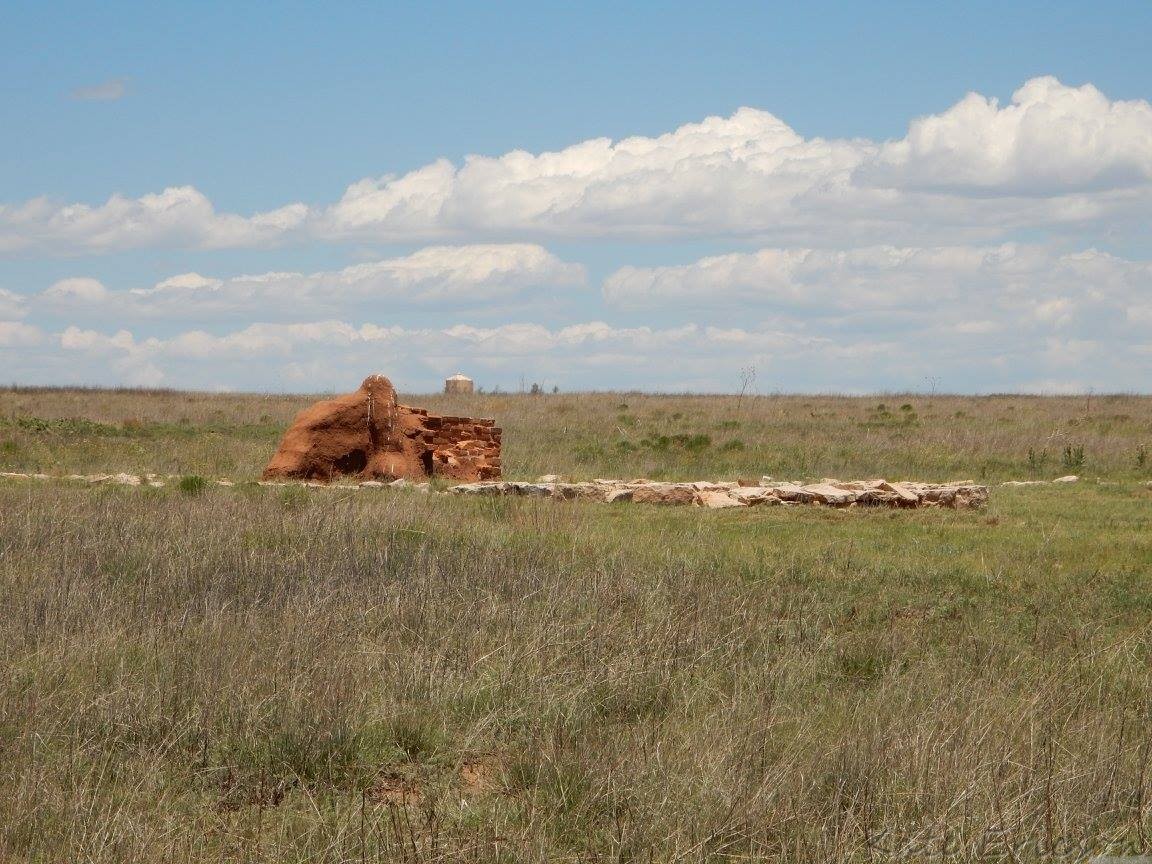
While visiting Fort Union, do stop by the Visitor’s Center! I did, and received an in-depth history of Fort Union that made this post possible. The ranger I spoke with was so thorough and passionate about the fort that I left with a deep understanding of its historical and cultural significance, not just a few dozen photos of some ruins in the middle of a desert.
Kevin and I visited Fort Union on July 4th, and surprisingly, we were the only ones at the site. That’s right, we had the whole fort to ourselves, which leads me to believe this is a great attraction for travelers wary of large crowds. However, during the summer months, the desert heat is hot, and I cannot emphasize this enough. Pack plenty of water and wear sunscreen, even if you’re not susceptible to burns. There’s virtually no shade while visiting the fort, and the sun beats down on visitors’ shoulders as they stroll along the mile-long, disability-friendly loop. Also, rattlesnakes are a threat, so do be on the lookout.
To learn more about the park, including its operating hours, please visit the official website here. While the ranger on duty at the time of my visit provided me with all of the history I needed to share this park with y’all, I filled in a few gaps with this incredible resource (which, admittedly, has a pro-federal government bias) from the National Parks Service. It’s dense, long, and a little outdated (the report was published in 1991) but offers valuable insight for history buffs.

